Grow Milkweed With These 10 Easy Tricks And Attract Monarchs All Season Long
Milkweed is like a magnet for monarch butterflies, and growing it can turn your garden into a fluttering paradise. I started with just a few plants and was amazed at how many colorful visitors showed up all season.
It’s easier than you might think to keep these beautiful butterflies coming back again and again. With a few simple tricks, you can create a welcoming home that monarchs love.
Let me share some easy tips that’ll have your garden buzzing with life in no time.
1. Choose Native Varieties
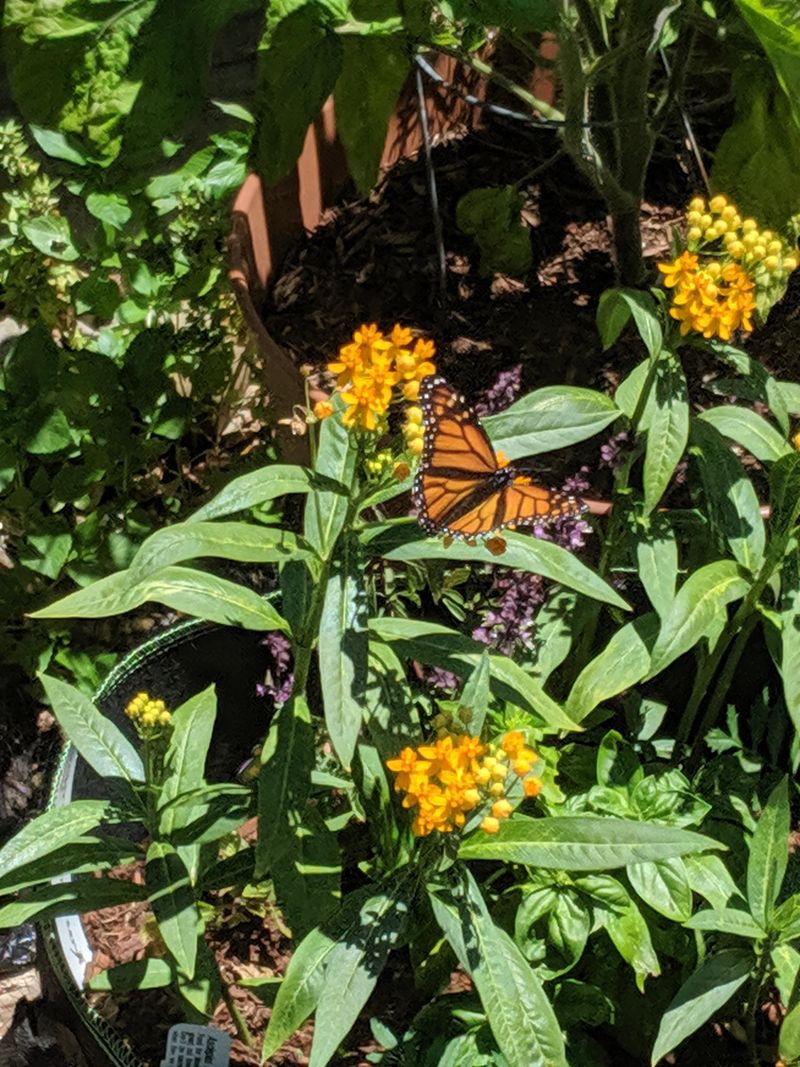
Local milkweed species naturally thrive in your region’s conditions and provide the best nutrition for monarch caterpillars. Common milkweed, swamp milkweed, and butterfly weed are popular choices across North America.
Avoid tropical milkweed in northern areas as it can disrupt migration patterns. Native varieties also require less maintenance once established and support other local pollinators beyond just monarchs.
2. Start Seeds Early
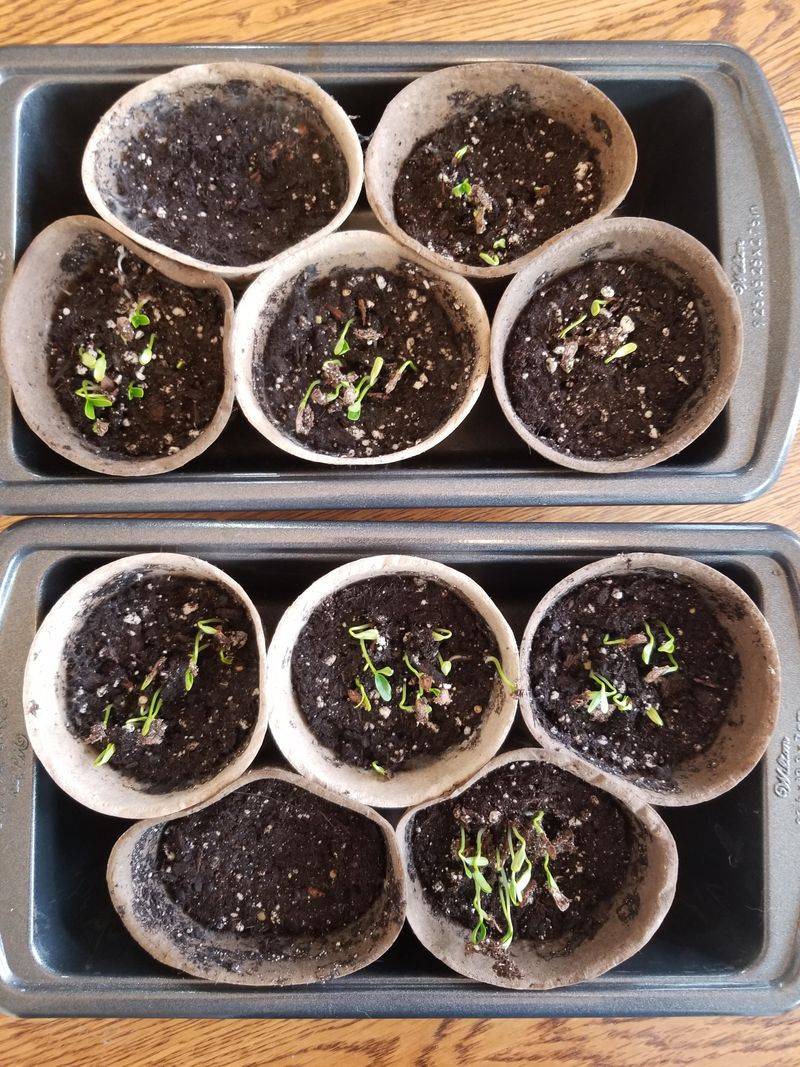
Milkweed seeds need cold stratification to germinate properly. Place seeds in damp paper towels inside a sealed plastic bag in your refrigerator for 30 days before planting to mimic winter conditions.
You can also direct-sow in fall, letting nature handle the cold treatment. Starting seeds indoors 6-8 weeks before your last frost date gives plants a head start and increases your chances of first-year blooms.
3. Plant in Full Sun

Sunny spots produce the sturdiest milkweed plants with abundant flowers that attract more monarch butterflies. Most varieties need at least 6-8 hours of direct sunlight daily to reach their full potential.
Good air circulation prevents fungal issues, so avoid crowded areas. Even partial shade can work in extremely hot climates, but you’ll notice fewer blooms and possibly leggy growth in areas that don’t receive enough light.
4. Space Properly
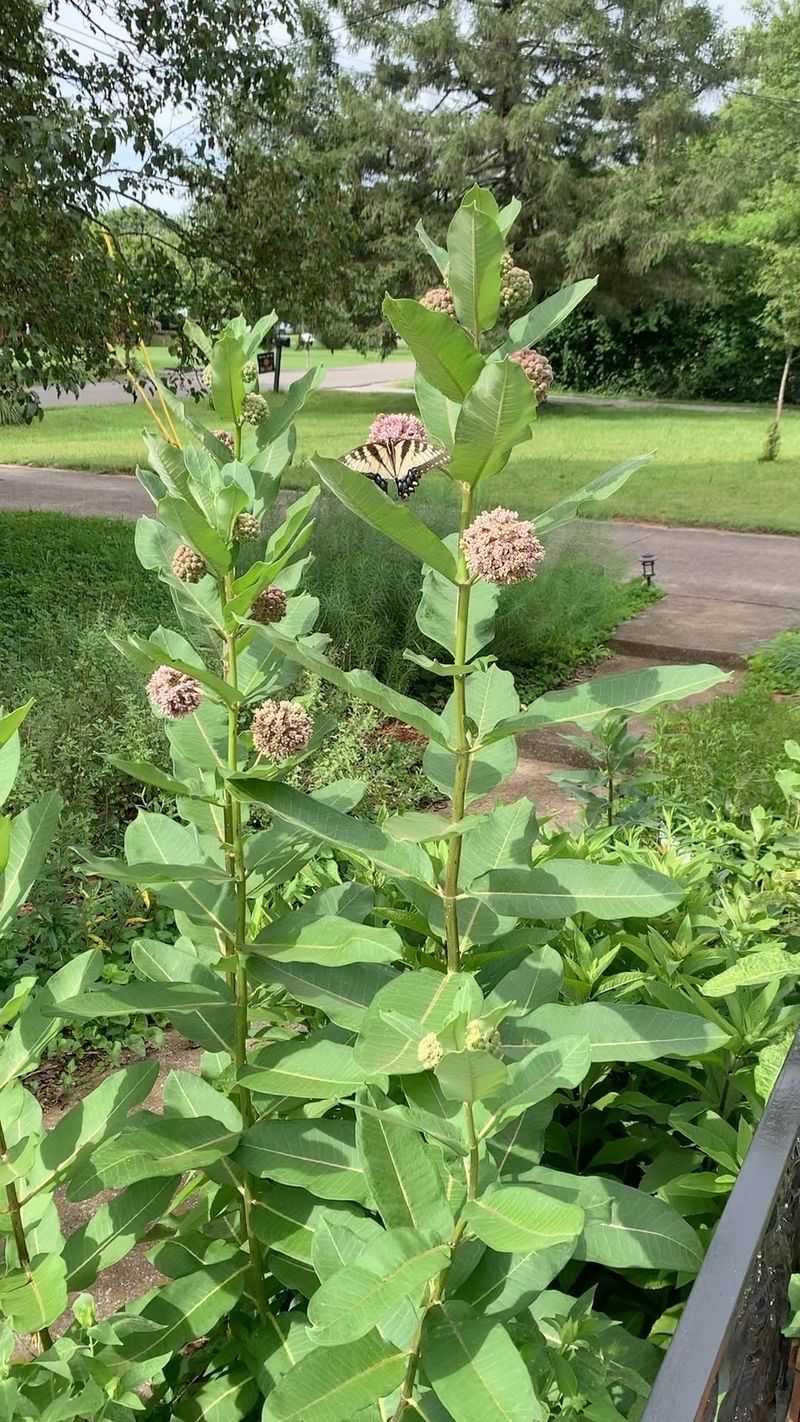
Give each milkweed plant room to spread by spacing them 18-24 inches apart. Proper spacing improves air circulation, reducing disease problems while allowing full development of their unique growth habits.
Consider creating milkweed patches rather than isolated plants. Monarchs spot larger groupings more easily from above during migration. Clusters also create micro-habitats that protect caterpillars from predators and harsh weather.
5. Water Strategically

Once established, most milkweed varieties are drought-tolerant natives that rarely need supplemental watering. During their first season, provide deep weekly watering to develop strong root systems.
Avoid overhead watering which can damage delicate flowers and spread fungal diseases. Instead, use soaker hoses or drip irrigation to deliver moisture directly to the soil. Swamp milkweed is the exception, preferring consistently moist conditions year-round.
6. Skip the Fertilizer
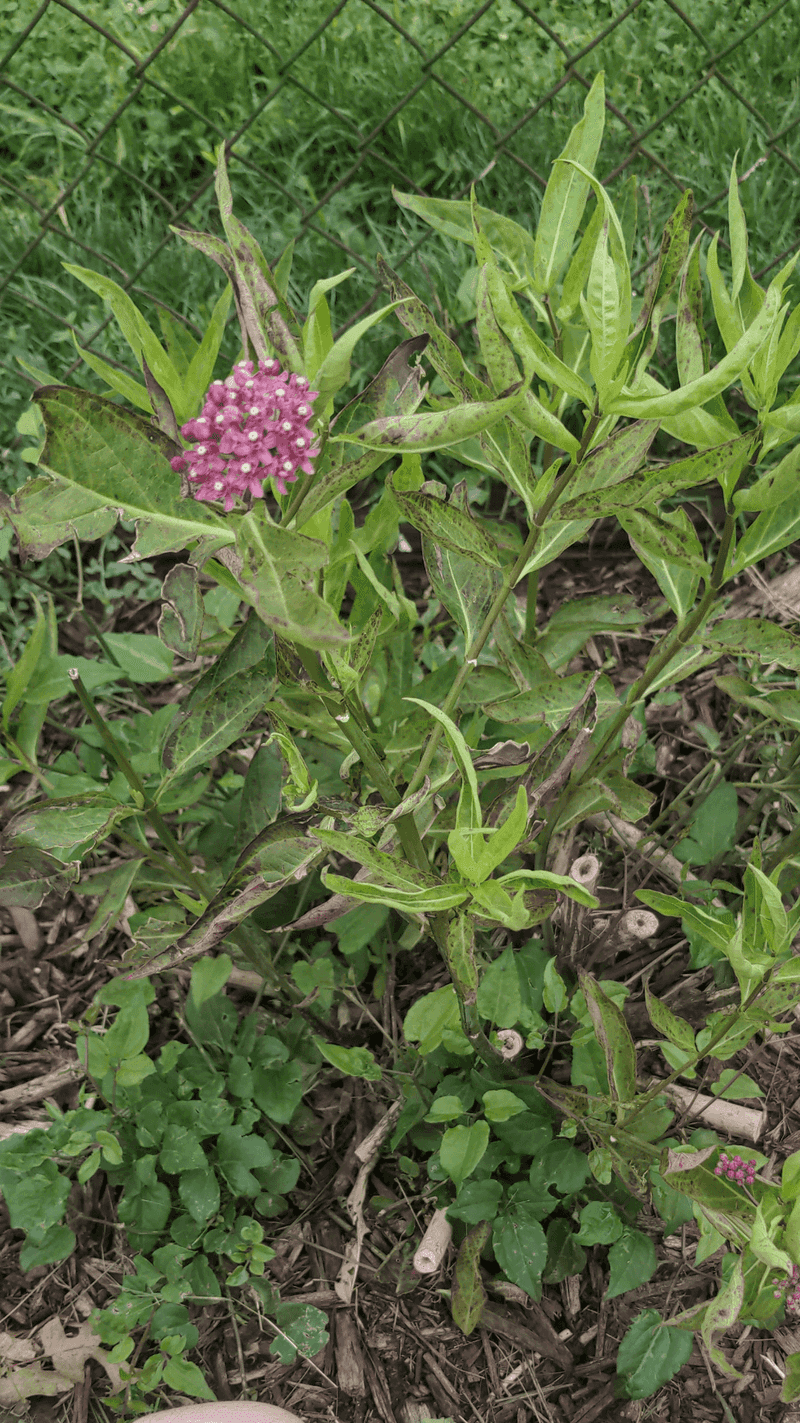
Milkweed naturally thrives in poor soil conditions and rarely needs fertilizer. Too much nitrogen promotes lush foliage but fewer flowers, potentially altering the plant chemistry that monarchs depend on.
If your soil is extremely depleted, a light application of compost in spring provides sufficient nutrients. Native milkweed has evolved to extract what it needs from even marginal soils, making it perfect for low-maintenance butterfly gardens.
7. Create Succession Plantings
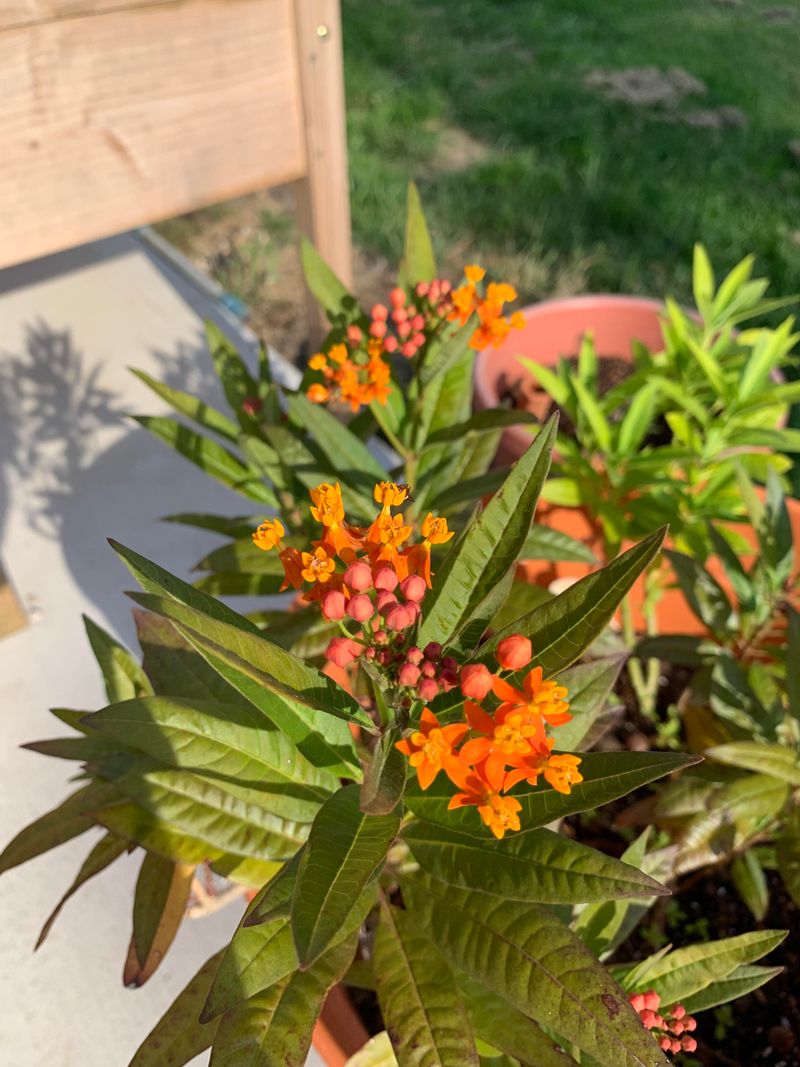
Stagger your milkweed varieties to provide monarch food throughout the entire season. Early, mid, and late-blooming species ensure continuous nectar sources and egg-laying sites from spring through fall migration.
Butterfly weed blooms earliest, followed by common milkweed in midsummer, with swamp milkweed extending the season into late summer. This approach supports multiple monarch generations and provides crucial fuel for their epic migration journey.
8. Manage Pests Naturally
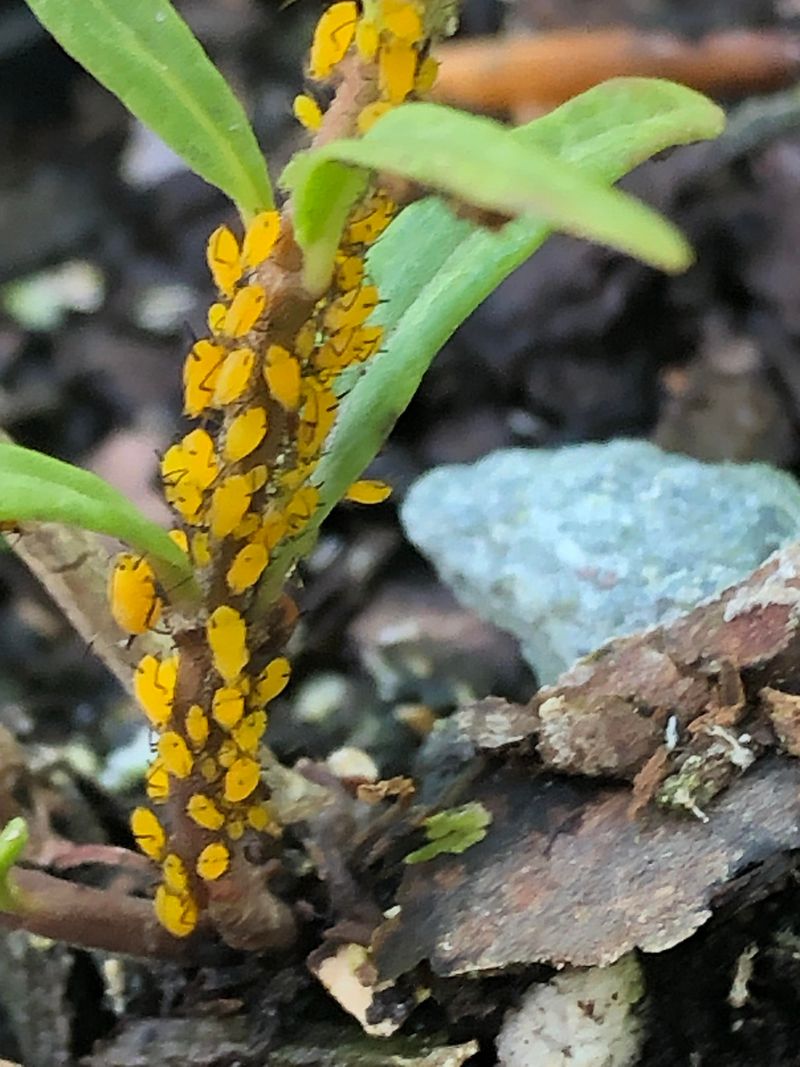
Aphids commonly appear on milkweed but rarely cause serious harm. A strong spray of water knocks them off without harming monarch eggs or caterpillars. Never use chemical pesticides which kill beneficial insects along with pests.
Encourage natural predators like ladybugs and lacewings to create a balanced ecosystem. Tolerate some leaf damage – it’s a sign your garden is supporting wildlife! Manually removing problematic insects protects developing monarchs.
9. Leave Stems Standing
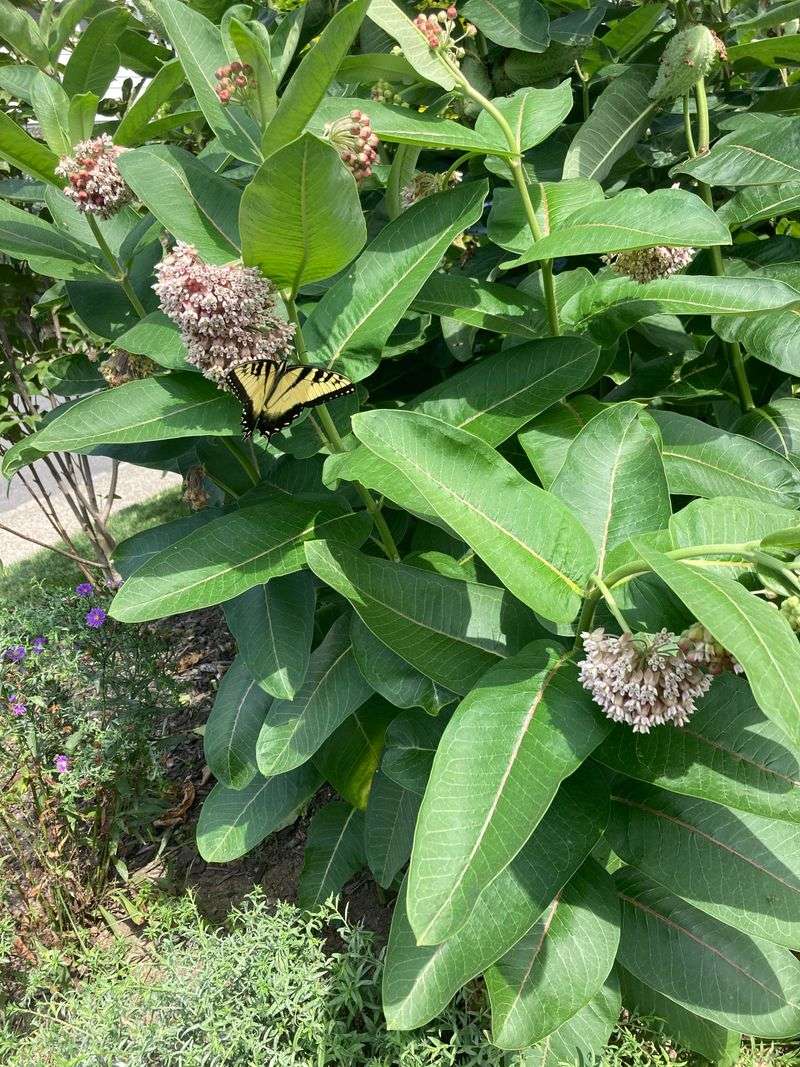
Resist the urge to cut milkweed down in fall. Hollow stems provide essential winter homes for native bees and other beneficial insects. The dried seedpods also create interesting winter garden structure.
Wait until spring to trim back last year’s growth, cutting stems to about 6 inches above ground after temperatures consistently warm up. This timing prevents accidentally destroying overwintering insects while making room for new growth.
10. Collect and Share Seeds
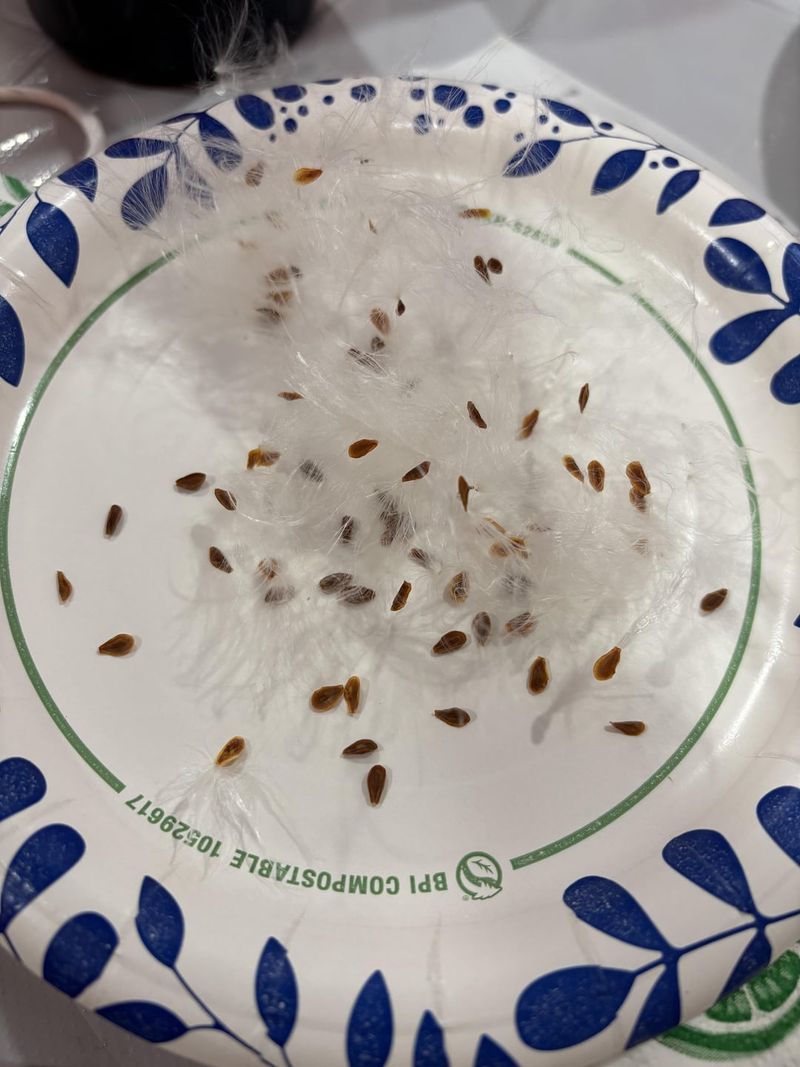
Harvest seeds from mature pods just as they begin to split open in fall. Spread the fluffy seeds on a screen to dry thoroughly before storing in paper envelopes in a cool, dry place.
Share your seeds with neighbors, schools, and community gardens to expand monarch habitat beyond your yard. Many conservation organizations also accept donated milkweed seeds for restoration projects, turning your garden into a source for broader butterfly recovery efforts.

